It’s rare that we stop to consider the origin stories of our favourite snacks and drinks. It’s a shame, too, because from what we’ve gleaned, the majority of them have absolutely fascinating backstories. From chocolate chip cookies and potato chips to corn flakes and pink lemonade, discover how some of our favourite foods came into existence.
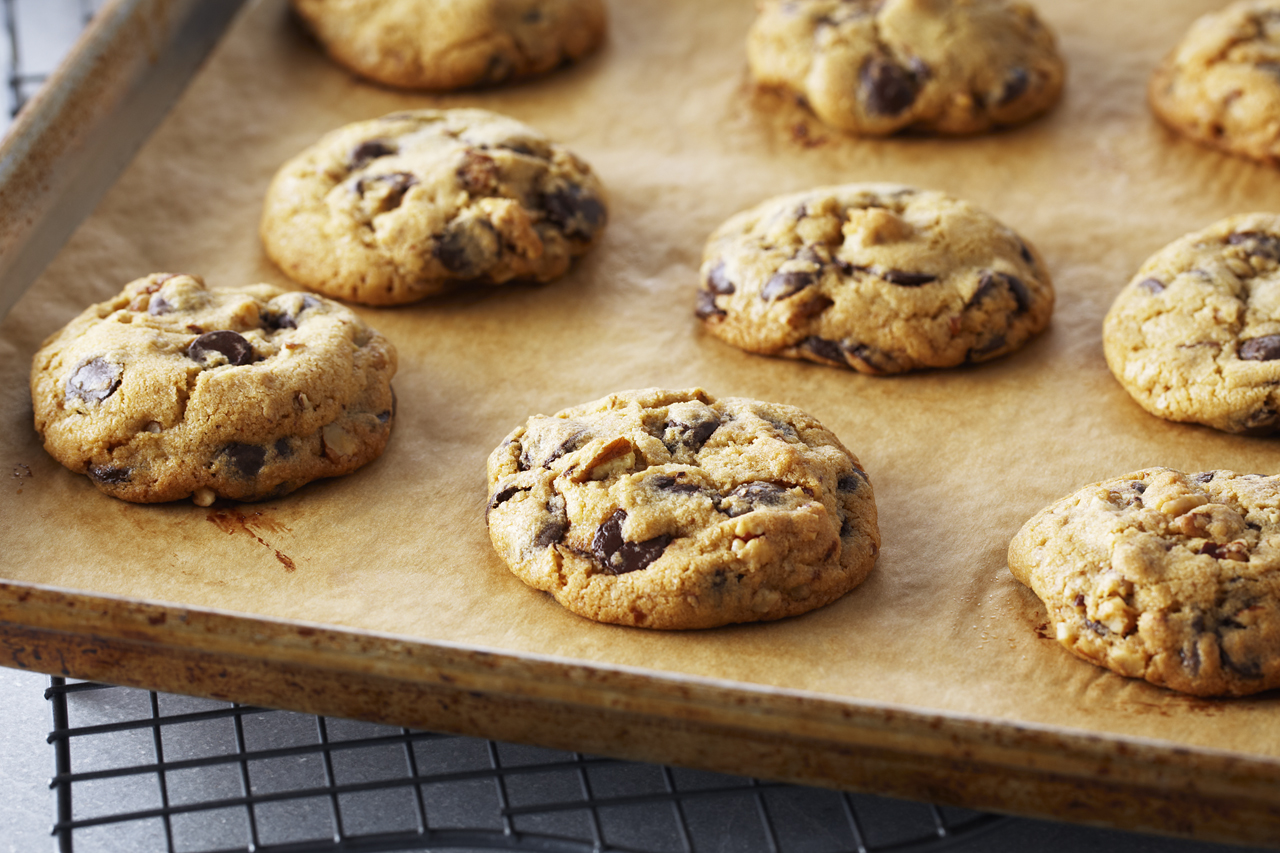
Chocolate Chip Cookies
For decades, the origin story of the humble chocolate chip cookie has been shrouded in myth. Popular legend has it that Ruth Wakefield, co-owner of Toll House, a popular restaurant in Whitman, Massachusetts, accidentally created the classic treat in the 1930s when she ran out of nuts. Instead, she allegedly swapped in chunks of bittersweet chocolate and was pleasantly surprised when the pieces held their shape once removed from the oven. (Nestle later bought the rights to her recipe and the restaurant name.) According to The New Yorker, however, this anecdote might be more fiction than fact. Some claim that Wakefield actually invented the chocolate chip cookie through a rigorous series of trial and error before finally crafting the “perfect antidote to the Great Depression.”
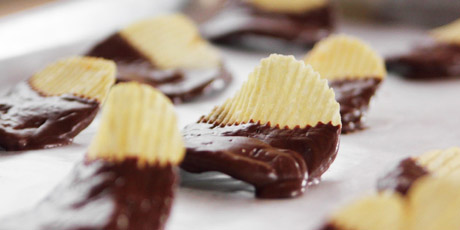
Potato Chips
The origin of the potato chip is a popular tale in American folklore: It was 1853 in Saratoga Springs, New York, when steamship owner Cornelius Vanderbilt complained to restaurant cook George Crum that the French fries he’d served were too thick. It’s said that Crum responded by angrily shaving the potatoes into the thinnest pieces possible before dipping them in hot oil and bringing them back out to Vanderbilt – who then praised their crispiness. They were such a resounding success that people eventually lined up for hours to try them. Although some food historians note that it’s difficult to confirm or deny the famous anecdote, it certainly makes for compelling drama.
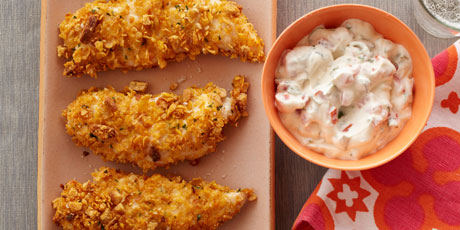
Corn Flakes
Dr. John Harvey Kellogg wasn’t in it for the money. No, the inventor of corn flakes was simply looking to create a bland, inexpensive food item that would aid the digestion of the patients at his health facility. In the 1890s, when he was testing a variety of recipes and ingredients, the simple crunchy flakes were part of a larger health movement he was involved in that promoted “biological living.” However, the original recipe would be difficult to stomach today: it was sans sugar and was so hard it could crack teeth. Kellogg spent much of his career extolling the virtues of bland cereals, but it’s unlikely he envisioned it taking off as the breakfast staple it remains today.
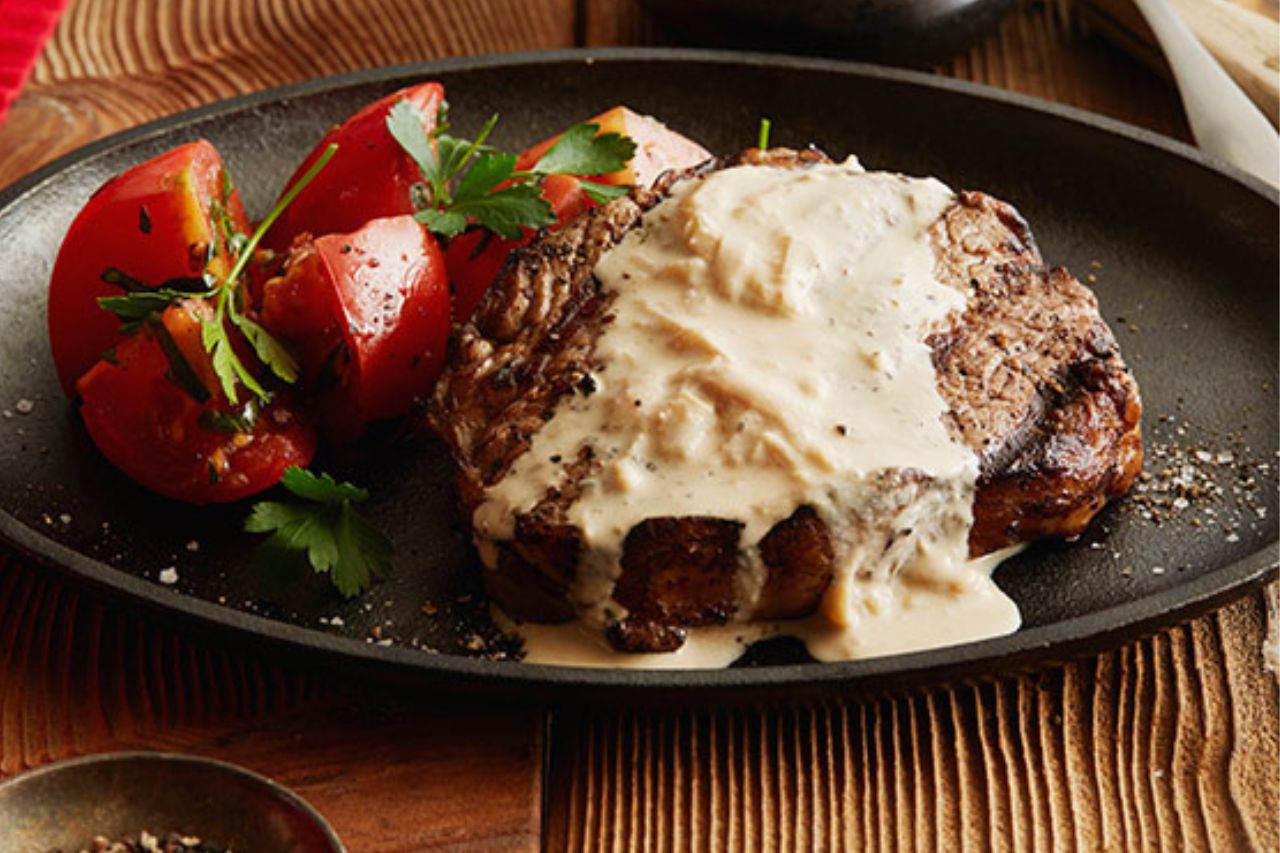
Worcestershire Sauce
In 1837, chemists William Perrins and John Wheeley Lea joined forces to create the greatest export to ever come out of, you guessed it, the English cathedral city of Worcester. According to local lore, a former Governor of Bengal visited the chemist friends with a recipe he’d enjoyed during his stay in India. Perrins and Lea gave it a shot but, dissatisfied with the results, they stored the jar in the cellar and quickly forgot about it. After some time, the pair were reminded of their attempt and tasted it again – discovering the (accidental) fermentation process had worked wonders on its flavours.
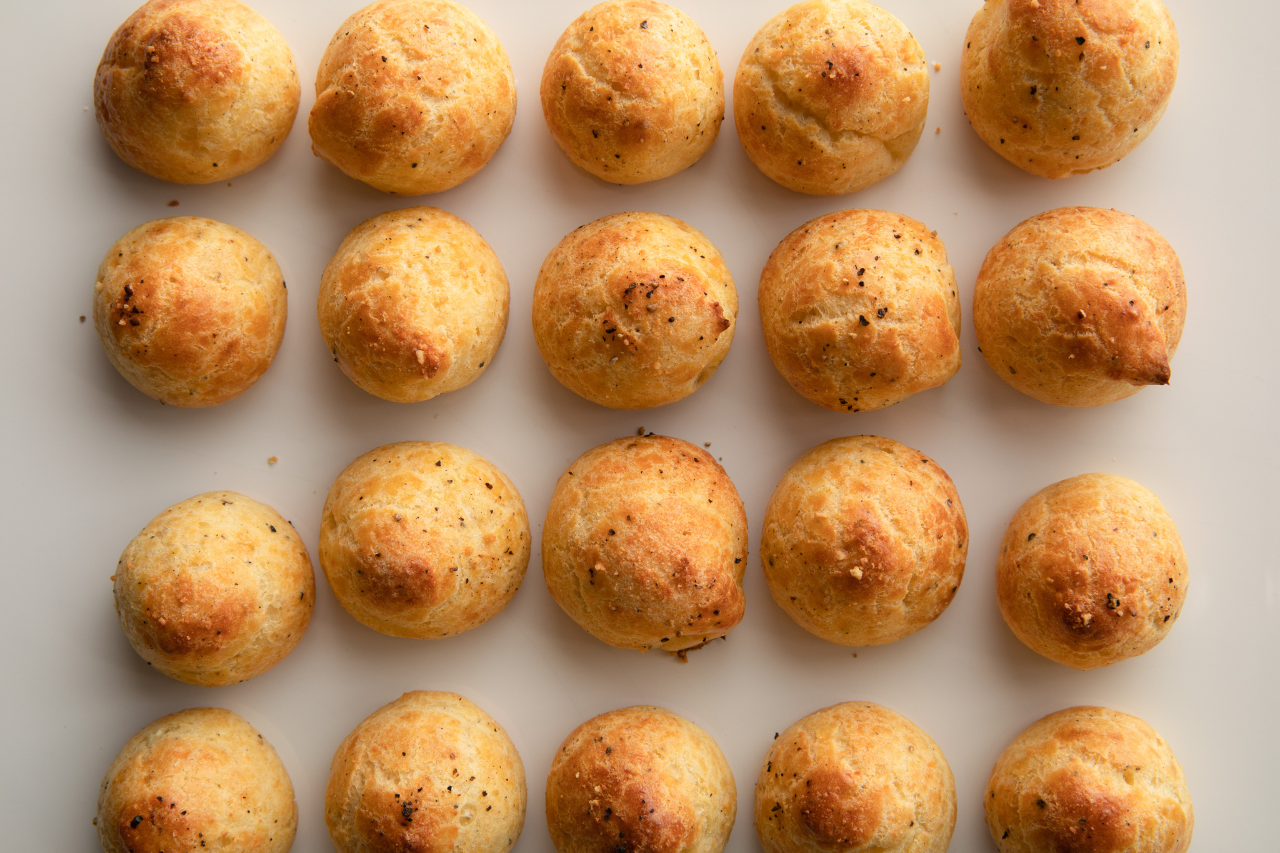
Cheese Puffs
Despite its numerous detractors, this bright, powdery orange snack is among the most popular in the world – although its origin story is a little stomach-churning. Heads up: Cheese puffs are essentially the by-product of animal feed. Back in 1935, a Wisconsin-based employee at an animal feed manufacturer noted how the cleaning process for the grinder that produced food for the animals required moist corn being fed through its system. But when the corn came out the other end, it had transformed into fluffy blobs. Wilson discreetly took a handful home and seasoned it to see if the corn puffs were edible to humans. They were, and the company expanded its production line to include snacks for animals and humans. Do with that information what you will.
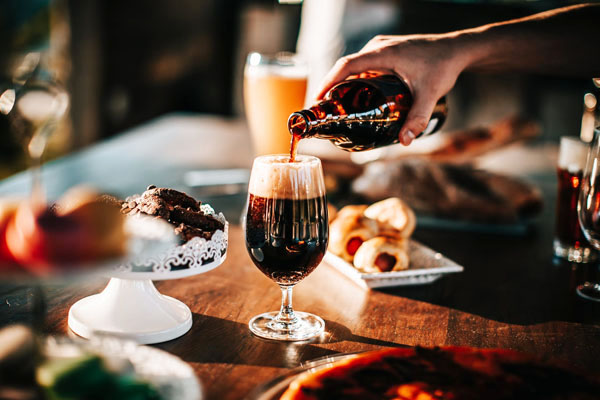
Beer
Roughly 12,000 years ago, beer made its quiet debut alongside the development of cereal agriculture. With the advent of more agrarian civilizations – and their emphasis on creating crops of wheat, rice and barely – our earliest ancestors likely stumbled upon the intricate fermentation process that ultimately leads to a glass of brew. According to some historians, the earliest example of a boozy beverage dates back 9,000 years to a Chinese concoction made up of rice, honey and fruit. Heralded by many as one of societies happiest accidents, we raise a pint to those early inventors.

Tofu
Although still technically inconclusive, the most common origin story for tofu dates back centuries and is fascinating in its own right. Like much of the recipes and foods cultivated by our ancestors, much of the process was accidental and came about through trial and error. It’s believed by many that tofu was discovered in ancient China when boiled, ground soybeans were unintentionally mixed together with impure sea salt, which ultimately caused the concoction to congeal and form a soft, gelatinous cube. You can also satisfy your cravings with these Chinese takeout dishes you can make at home.

Ice Cream Cones
Like many of the foods that appear on this list, the origin story of the ice cream cone is a bit muddled. Although edible wafers date back centuries, they were often only served alongside ice cream or gelato. So who was the genius who officially brought these two sweets together? We’re still not exactly sure. The oft-repeated version involves the 1904 St. Louis World’s Fair, but culinary historian Robin Weir points to a 1807 sketch from the Parisian Café Frascati that features a woman licking what appears to be an ice cream cone. Around that same time, vendors across Europe began selling ice cream in cone-shaped glass “penny licks.” Legend has it that New York City immigrant Italo Marchiony quickly crafted an edible cup made of wafers to serve ice cream in after running out of traditional cups one day.
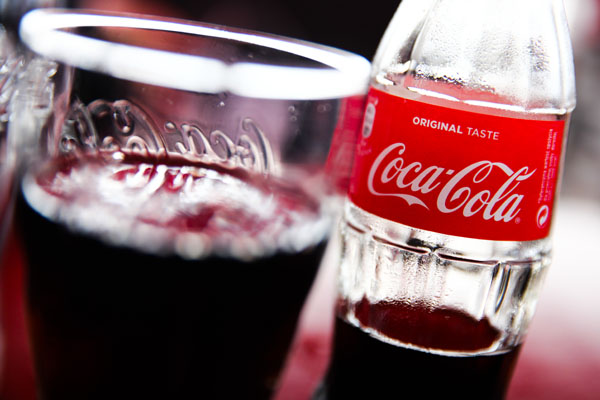
Coca-Cola
In 1886, Atlanta pharmacist Dr. John S. Pemberton was playing around with various flavours and drink creations when he accidentally crafted a yummy syrup concoction that he mixed with carbonated water. Curious as to the public’s reaction to his new fizzy drink, he sold it from a soda fountain at his neighbourhood pharmacy where patrons praised its flavour. Fun fact: although Pemberton died only two years after his world-famous invention in 1888, Coca-Cola‘s distinct script found on bottles and cans around the world is a carbon copy of the handwriting of Pemberton’s bookkeeper, Frank M. Robinson.
